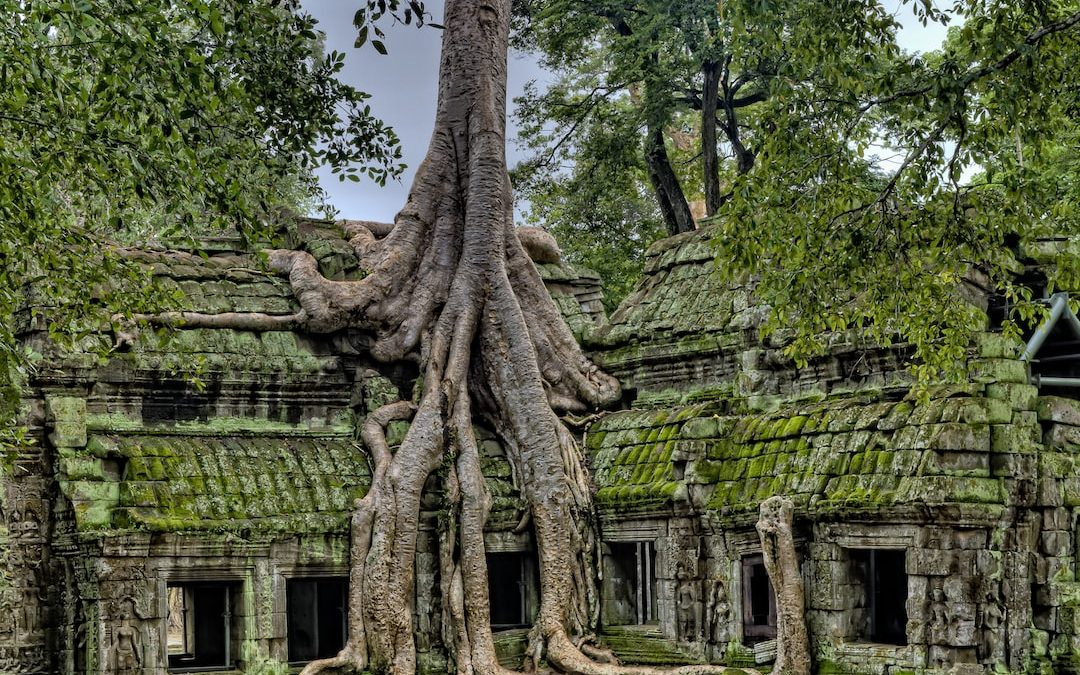Table of Contents
Exploring the Benefits of Cultural Heritage Sites Management
Cultural heritage sites are places of immense historical and cultural significance. They are sources of global pride, identity, and understanding of our shared human experience. As such, the management of these sites is critically important. It involves protecting their physical integrity, maintaining their historical accuracy, and sustaining their cultural and social value. In this blog post, we’ll explore the benefits of cultural heritage sites management and how it can be used to create a better future.
Preserving Physical Integrity
Cultural heritage sites are vulnerable to the effects of time, weather, and human activity. Proper management of these sites can help protect their physical integrity, thus preserving their historical and cultural value. This involves carrying out regular maintenance, monitoring environmental conditions, and implementing preventative measures when necessary. This type of management can also help ensure that the sites are safe and accessible to the public.
In addition to physical protection, cultural heritage sites management can also help prevent the destruction or looting of sites. This is especially important for sites located in conflict zones, where they are particularly vulnerable to destruction and looting. By monitoring and protecting these sites, we can help ensure that they remain intact and are accessible to the public.
Finally, cultural heritage sites management can help protect these sites from the effects of climate change. This includes monitoring weather patterns, implementing sustainable building practices, and creating resilient infrastructure. By managing these sites in a way that takes into account the changing climate, we can help ensure that they remain accessible to future generations.
Maintaining Historical Accuracy
Cultural heritage sites are a source of knowledge and understanding about the past. As such, it is important to preserve their historical accuracy. Proper management of these sites can help ensure that the information they contain is accurate and up-to-date. This involves carrying out regular research and monitoring of the sites, as well as ensuring that any modifications or additions are made in a way that preserves their historical accuracy.
In addition, cultural heritage sites management can help ensure that the sites are presented in a way that is historically accurate. This involves curating the sites in a way that is reflective of their original context and avoiding the temptation to “commercialize” or “sanitize” them. By managing these sites in a way that respects their historical accuracy, we can ensure that they remain a source of knowledge and understanding about our shared human experience.
Finally, cultural heritage sites management can help protect these sites from the effects of commercialization. This includes avoiding the temptation to “modernize” or “glamorize” these sites, as well as preventing the exploitation of these sites for financial gain. By managing these sites in a way that preserves their historical accuracy, we can help ensure that they remain a source of knowledge and understanding about our shared human experience.
Sustaining Cultural and Social Value
Cultural heritage sites are more than just sources of historical knowledge – they are also sources of cultural and social value. Proper management of these sites can help ensure that they remain a source of pride, identity, and understanding for both local and global communities. This involves creating educational programs and activities that are reflective of the sites’ cultural and social value, as well as monitoring and protecting the sites from exploitation or misuse.
In addition, cultural heritage sites management can help ensure that these sites remain accessible to the public. This involves maintaining the sites in a way that is safe and welcoming to visitors, as well as providing resources and support for visitors. By managing these sites in a way that respects their cultural and social value, we can help ensure that they remain a source of pride, identity, and understanding for both local and global communities.
Finally, cultural heritage sites management can also help ensure that these sites remain a source of economic value. This involves creating sustainable tourism initiatives, such as accommodations and restaurants, that are reflective of the sites’ cultural and social value. By managing these sites in a way that respects their economic value, we can help ensure that they remain a source of pride, identity, and understanding for both local and global communities.
Creating a Better Future
Finally, cultural heritage sites management can help create a better future. Proper management of these sites can help ensure that they remain a source of knowledge and understanding about our shared human experience, as well as a source of pride, identity, and understanding for both local and global communities. By managing these sites in a way that takes into account the changing climate, respects their historical accuracy, and preserves their cultural and social value, we can help create a better future for both our present and future generations.
Conclusion
Cultural heritage sites are sources of immense historical, cultural, and social value. As such, the management of these sites is critically important. Proper management of these sites can help ensure that they remain a source of knowledge and understanding about our shared human experience, as well as a source of pride, identity, and understanding for both local and global communities. By managing these sites in a way that takes into account the changing climate, respects their historical accuracy, and preserves their cultural and social value, we can help create a better future for both our present and future generations.












